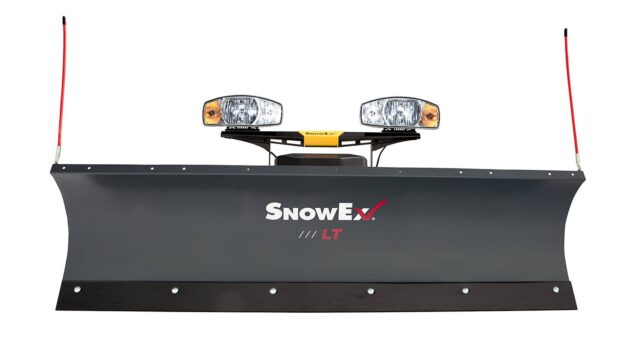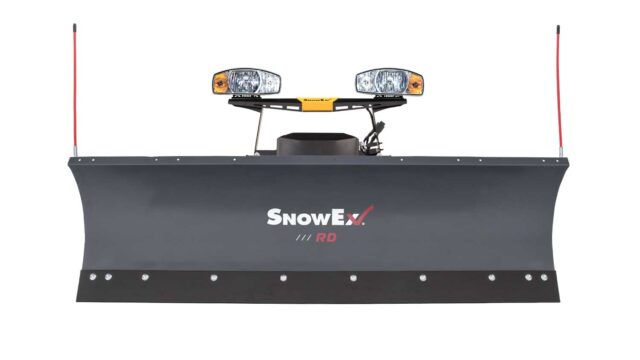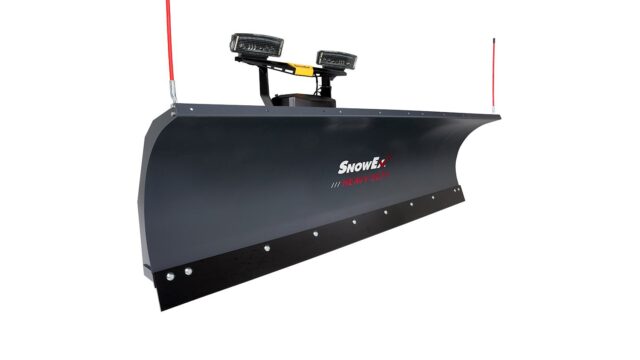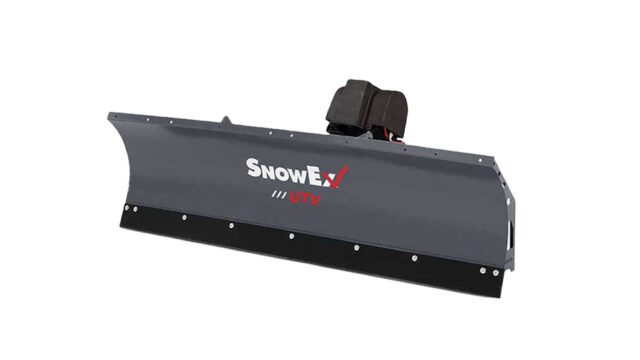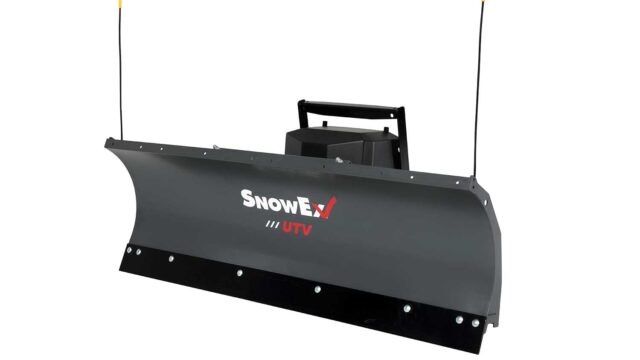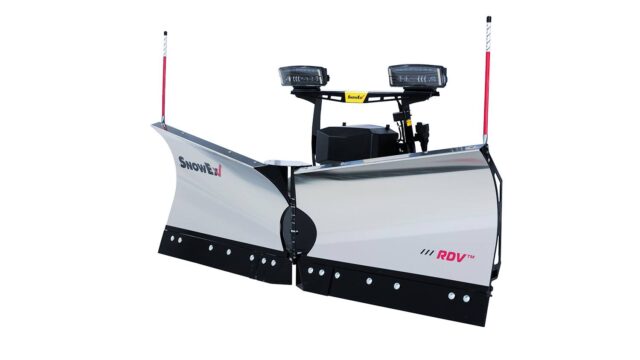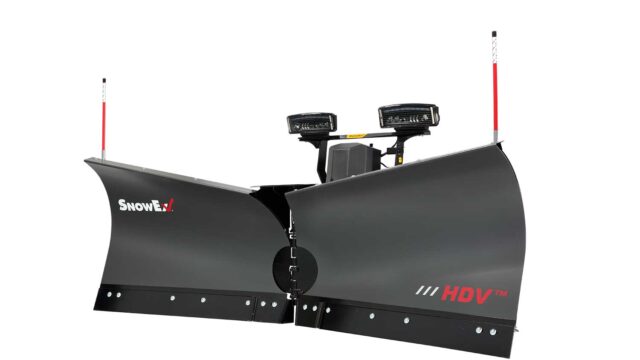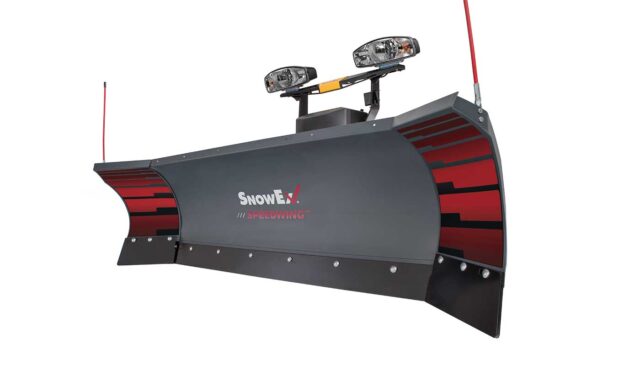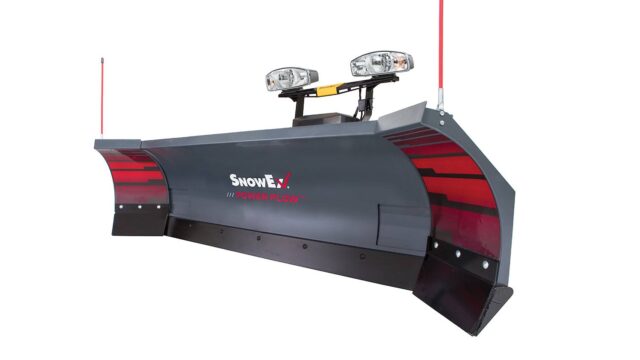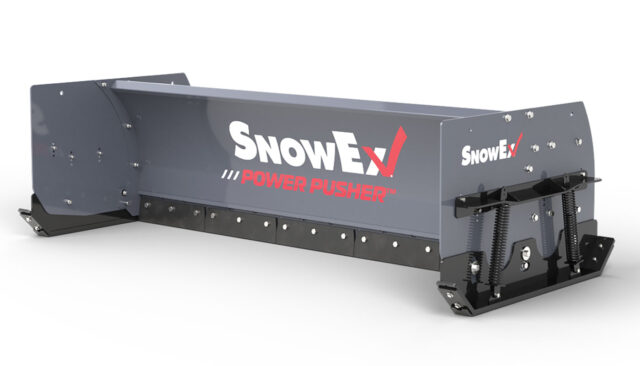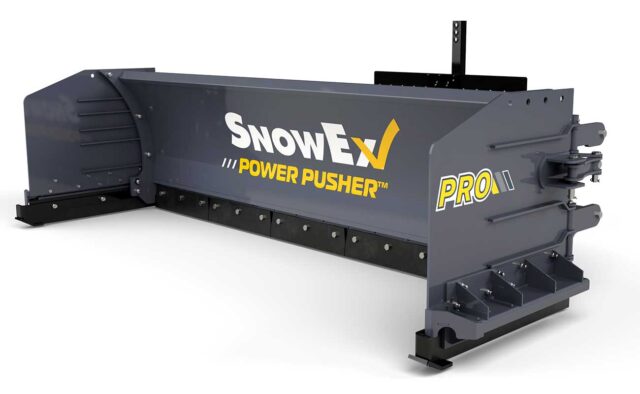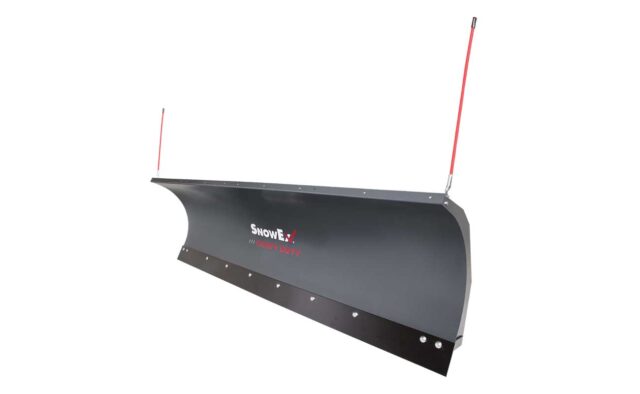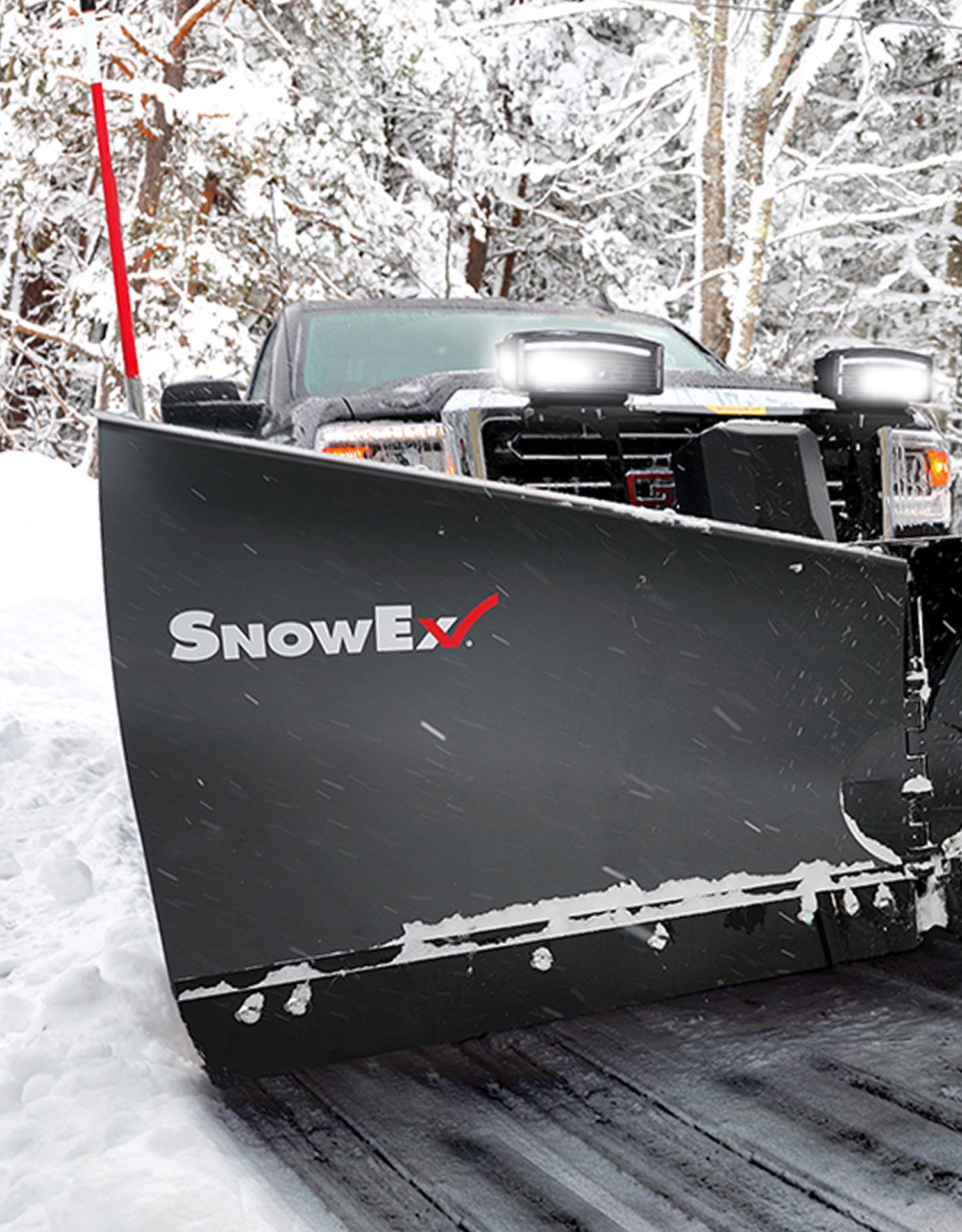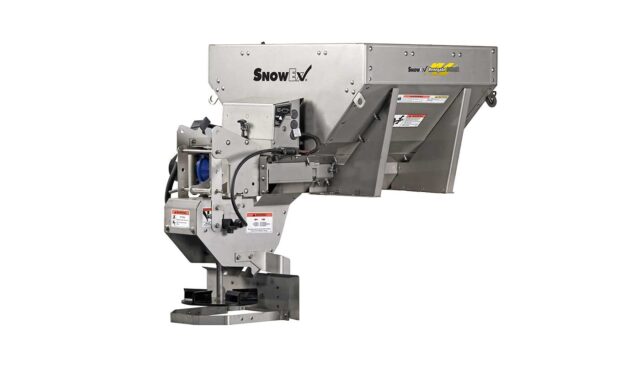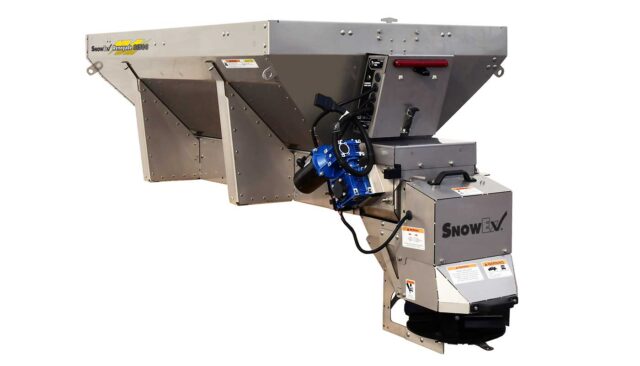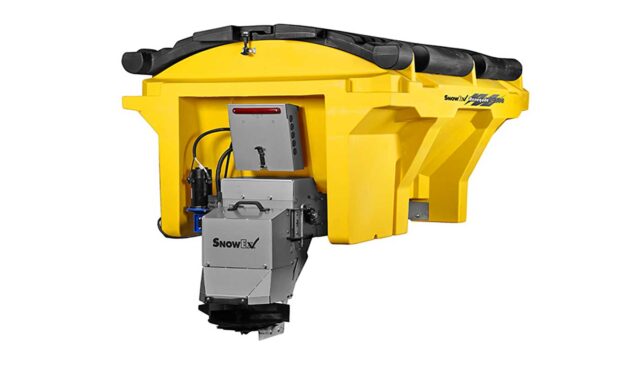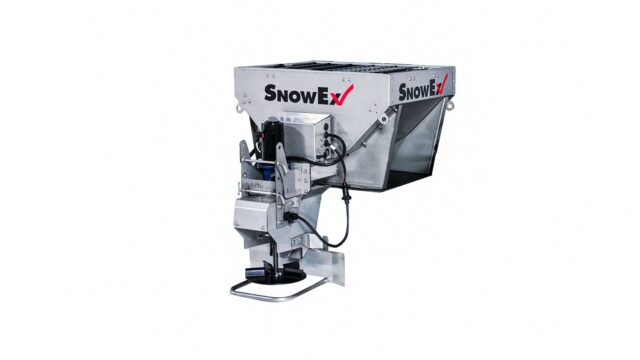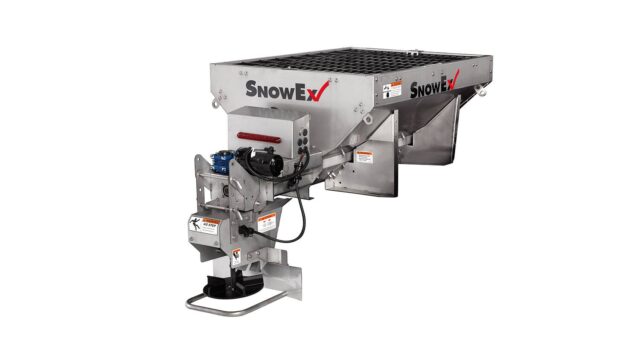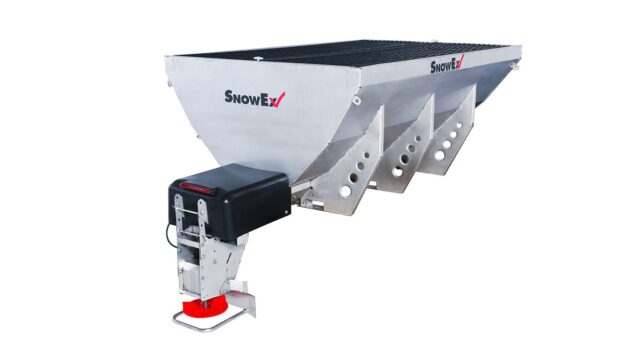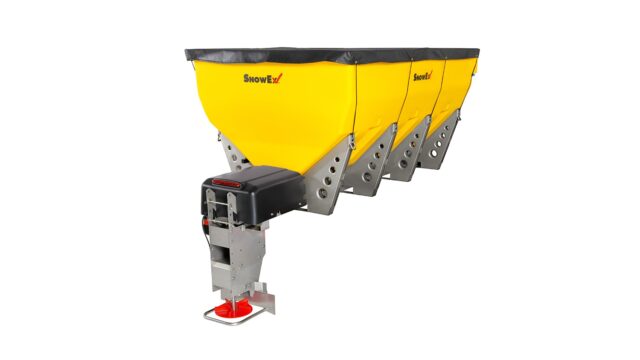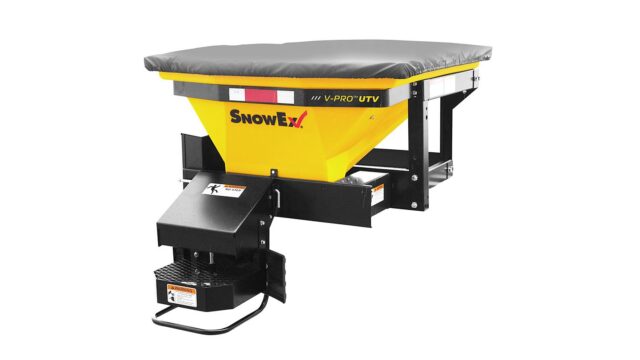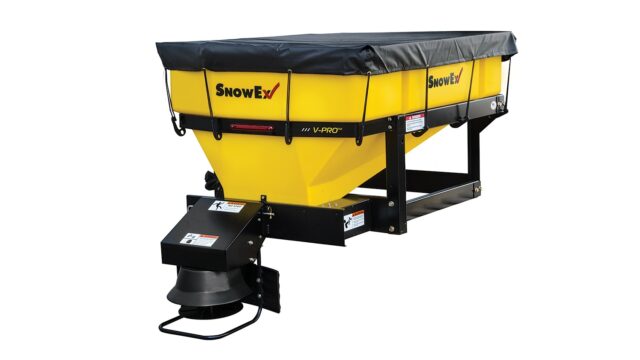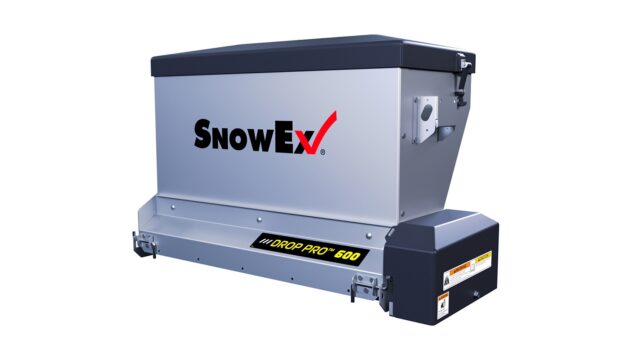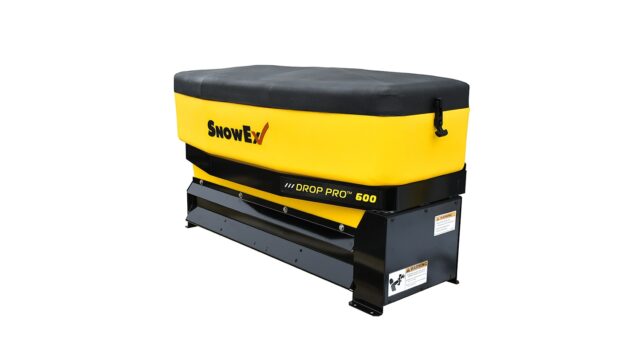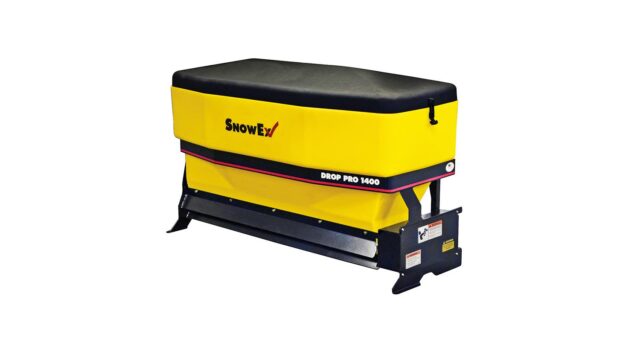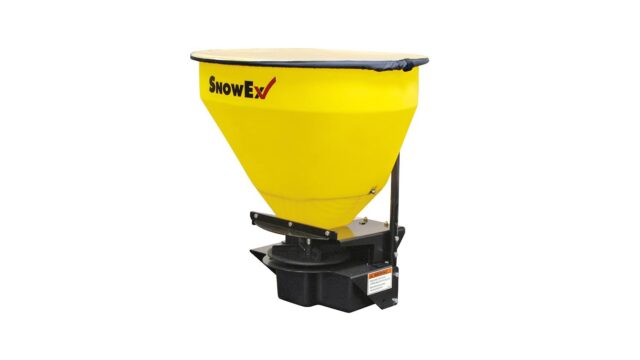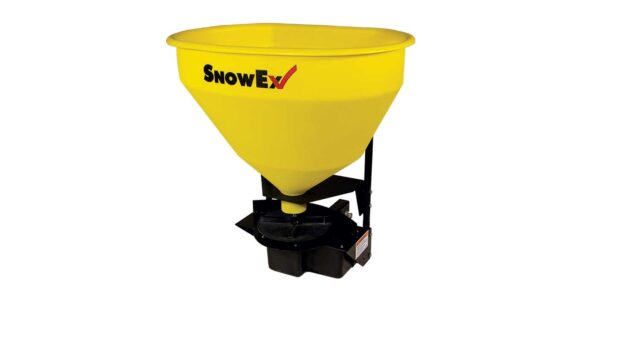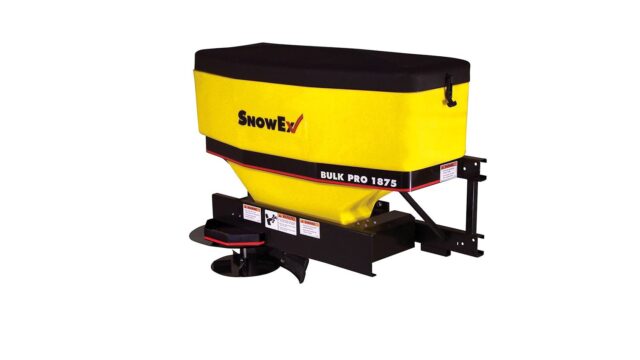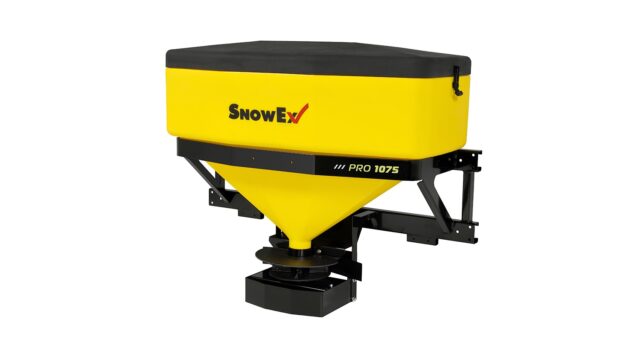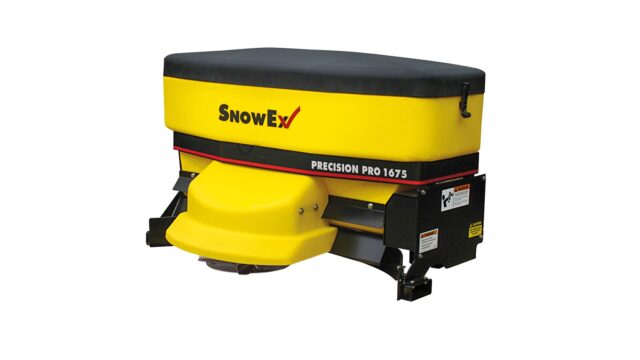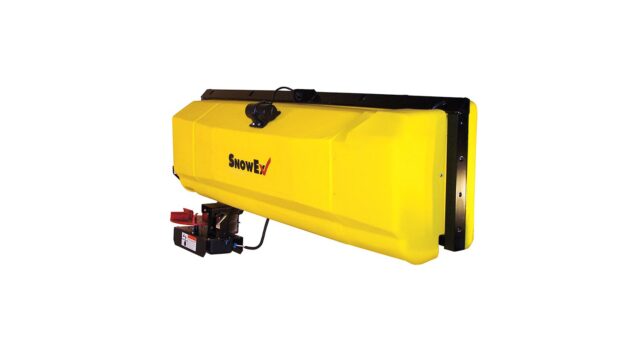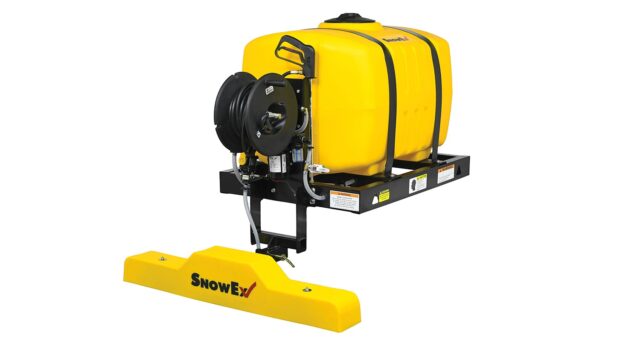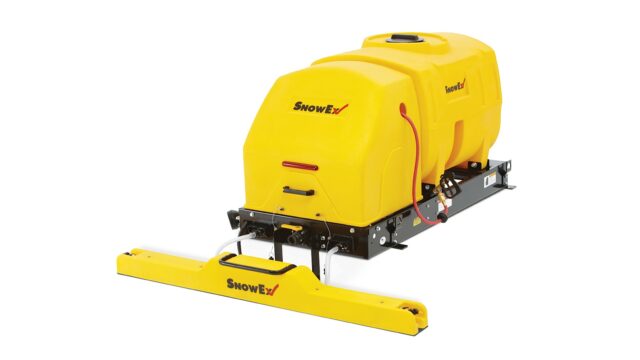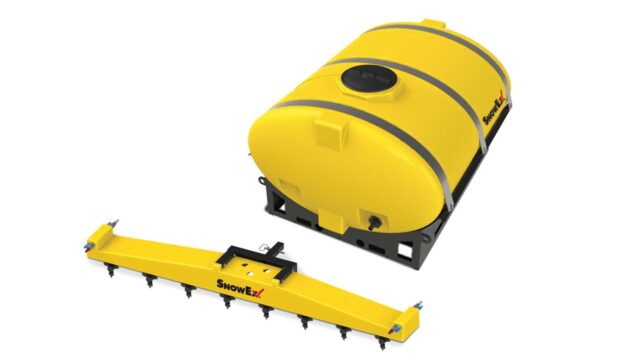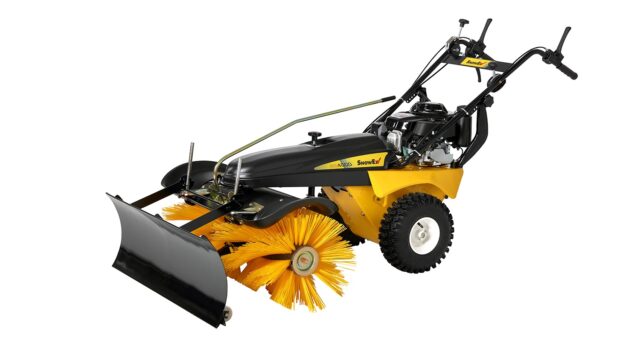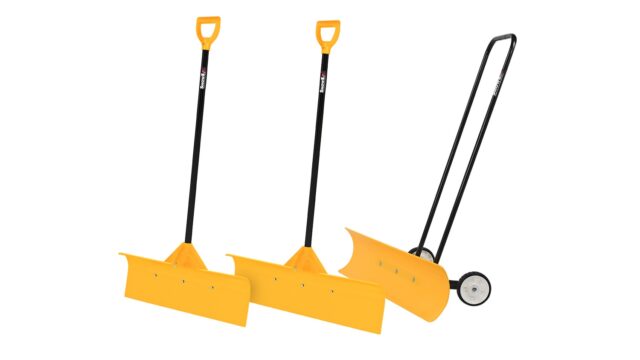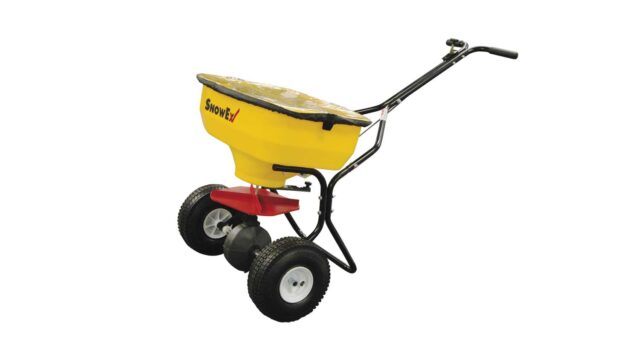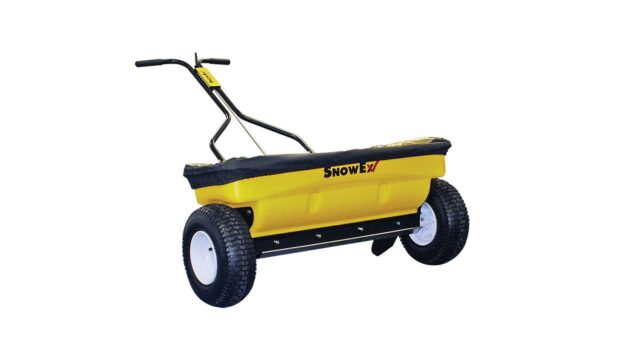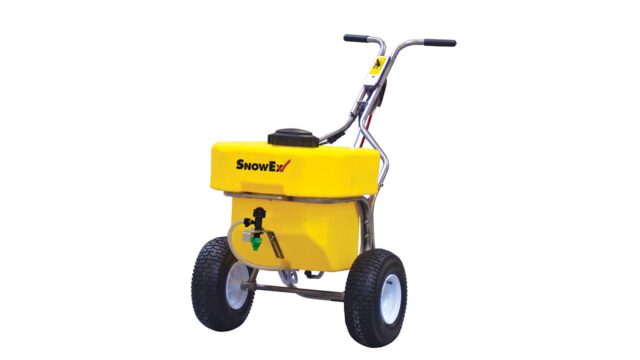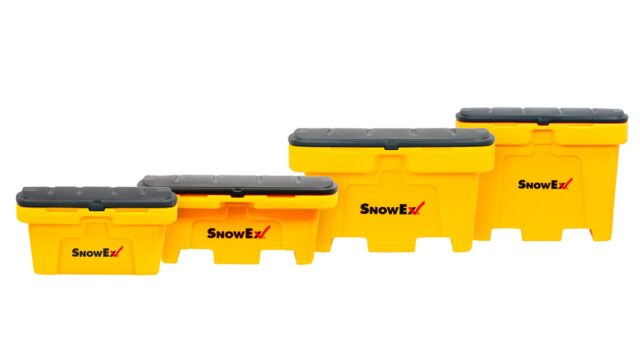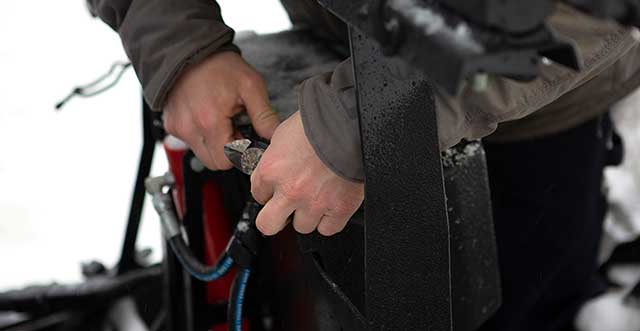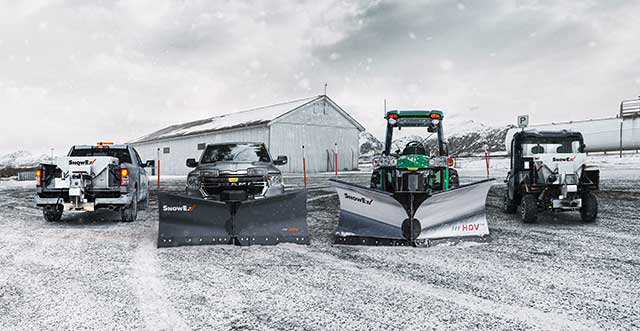Liquidating Barriers That Surround Brine Anti-Icing Methods
Created August 31, 2020
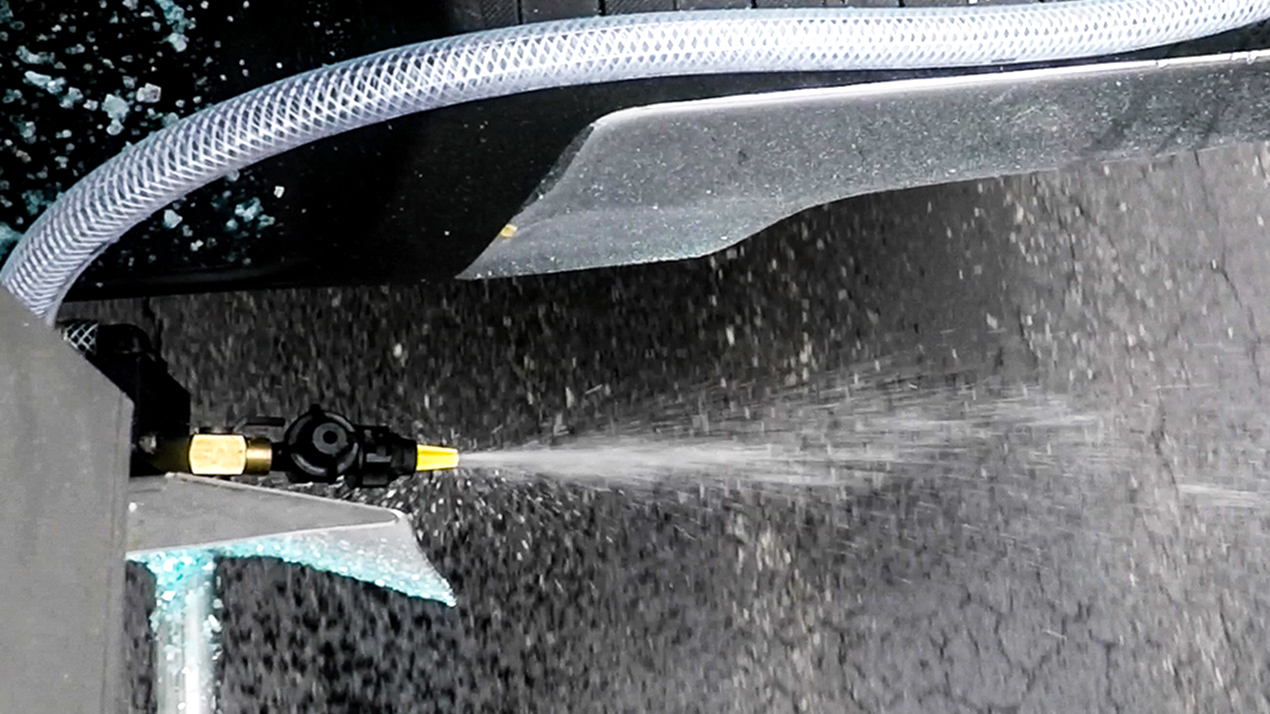
Feeling hesitant about trying something new is completely normal and to be expected. In the snow and ice industry, it’s common for contractors to feel that way about getting into the world of liquid anti-icing. SnowEx® knows the challenges and variables associated with brine and in order to ease worries, we want to clear up a few misconceptions about getting started.
Liquid Brine Defined
When you dissolve rock salt into water, a liquid brine solution is created. It has a freezing point lower than pure water and reduces the adhesion of snow and ice to surfaces. The brine mixing process is usually the most challenging aspect of getting started which is why some businesses initially purchase the solution from a local source. Although brine typically works wonders by itself, there are a few factors (like extremely low temperatures) that may require additives (like calcium chloride) to enhance the performance for various applications.
Liquid brine is versatile, meaning you can use it to pre-treat prior to a storm for increased traction, pre-wet salt to quickly activate it or post-treat to ensure clean pavement.
How to Get Started
For companies looking to enter the liquids realm, sidewalks are a great entry point to learning the ins and outs of liquid application. Test it on a low traffic area to ensure you have the process down and make adjustments before targeting a high traffic area. Not ready to trade in your current spreader for a liquid sprayer? A walk-behind sprayer is a low cost piece of equipment to mix in and start transitioning into liquid services. It even comes with a spray wand to easily take care of stairs and curbs that are prone to slip and fall incidents.
Best Practices:
- Pavement temperatures should fall within 15 – 32°F with a humidity level less than 70%.
- Pre-treat with a direct liquid application at 20 – 40 gal/acre and let dry up to 48-hours before an event when black ice or frost is predicted.
- Liquids should be applied at a somewhat fast pace, similar to walking a dog (2-3 mph to pre-treat or 1-2 mph to post-treat). If you anticipate a lot of accumulation, a double pass will ensure enough solution has been applied.
- Avoid applying brine in the extreme cold or when there’s blowing snow or high winds. If it’s coming in as rain, pre-treat at onset with pre-wet salt instead of a brine solution.
Breaking Down the Barriers of Brine
In order for you to feel more confident in a new process, you need to understand the how and why. There are three main reasons why contractors feel hesitant towards using liquids:
- Equipment Investment—Buying additional equipment isn’t always in the budget but replacing a single use spreader with a triple threat can be a smart solution. A combined application spreader like the HELIXX™ enables you to spread, pre-wet or spray with one machine and a liquid accessory kit. Even with a small upfront investment, this direction can actually save you over 30% in annual material costs. Check out these options:
HELIXX Stainless Steel 0.7 cu yd Hopper Spreader
HELIXX Stainless Steel 1.5 – 6.0 cu yd Hopper Spreader
HELIXX Poly 1.5 – 6.0 cu yd Hopper Spreader - Getting It Right—Timing, intensity, pavement temperature and application rate all contribute to the success of liquids. If you know what you’re trying to do and how long you have to accomplish it, that helps determine the type of de-icer needed and how much to apply. Experience is really the only way to learn through trial and error. Find a light traffic area to test before doing the entire property.
- Customer Perception—You’ll need to educate your clients about this new approach and explain how it improves safety, reduces damage to landscaping as well as paved surfaces and decreases the amount of salt needed to achieve similar results. It’s all about the approach and how confidently you sell it—if you seem nervous, they will be too.
Anti-icing is an established best practice for reducing salt use and hard labor while improving service levels. This paves a clearer path to cost savings and operational efficiency. Once you start utilizing liquids, you’ll wonder why you didn’t start this proactive approach sooner. The reduced labor and material costs alone make this a strategic business decision that will positively impact your bottom line.
